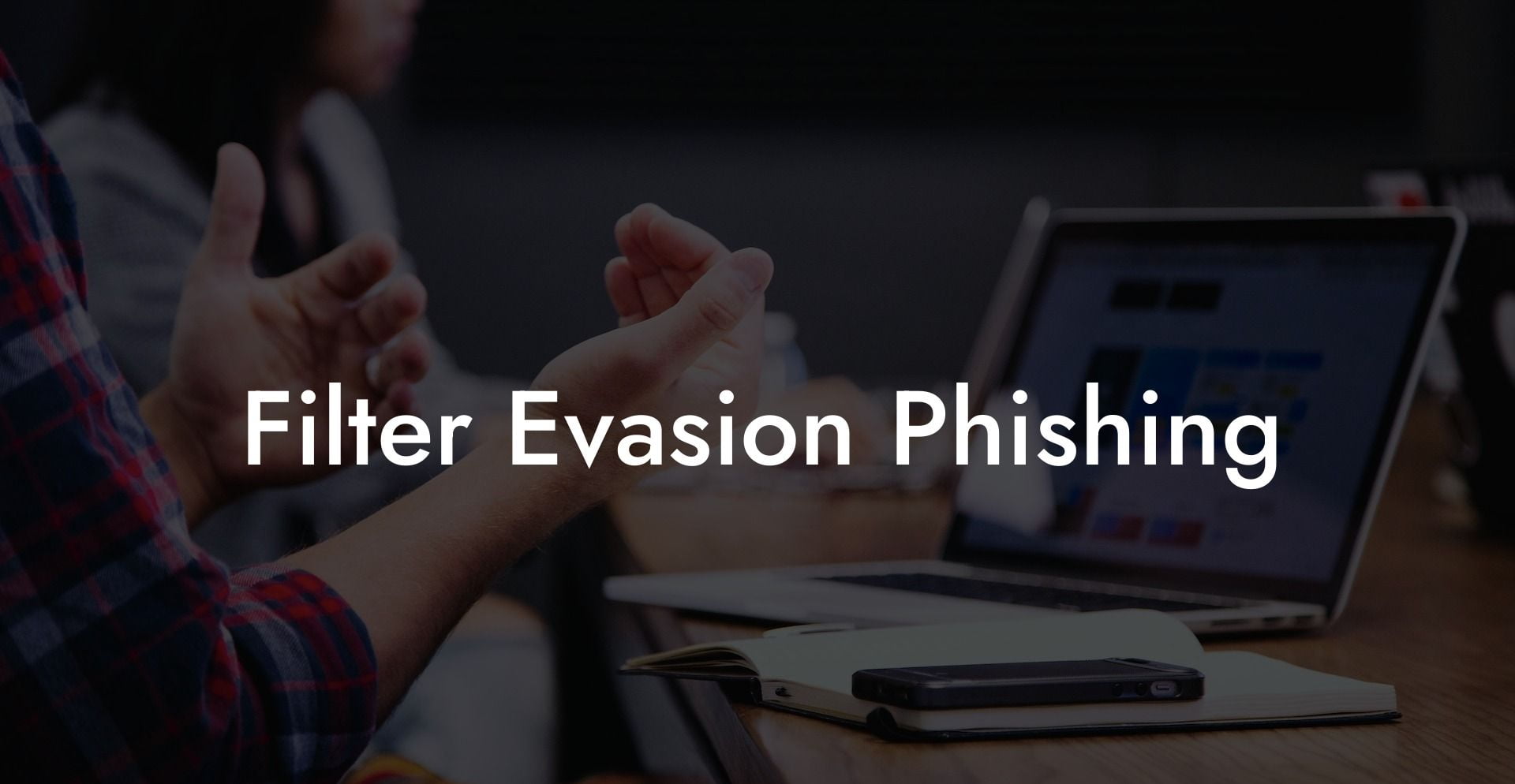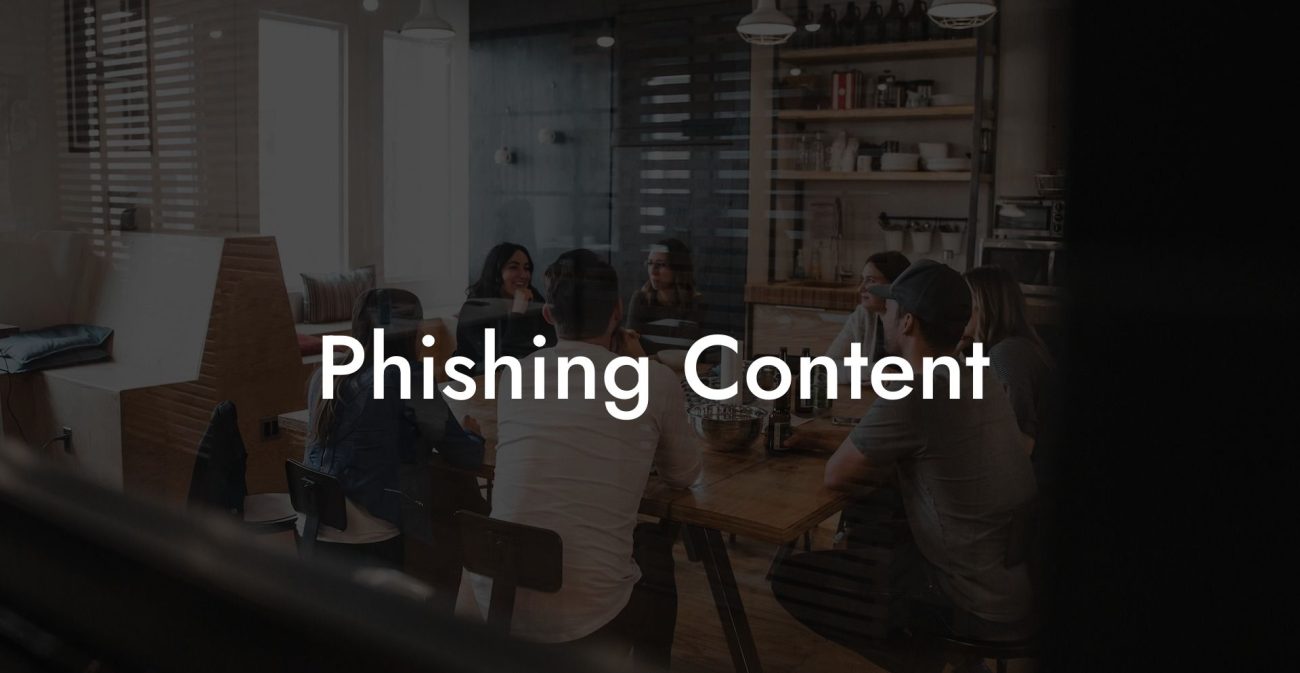Imagine this scenario: You've invested in top-of-the-line antivirus software, you've diligently updated your email filters, and you've trained your employees on how to spot phishing attempts. Everything seems to be in place to prevent any cybercriminals from infiltrating your network. However, one day, you discover that your company has fallen victim to a phishing attack, jeopardizing sensitive data and threatening your business' reputation. You wonder, how could this have happened? The answer may lie in the cunning tactics known as filter evasion phishing.
Filter Evasion Phishing Table of Contents
In this blog post, we'll explore the world of filter evasion phishing, revealing how cybercriminals can bypass security measures and make their way into your inbox. We'll dive into the various techniques used by attackers, discuss realistic examples, and finally, round off with ways to keep your organization safe from these advanced threats.
Protect Your Data Today With a Secure Password Manager. Our Top Password Managers:
Filter evasion phishing refers to the tactics employed by cybercriminals to bypass email security filters and deliver phishing emails directly to the intended recipient's inbox. These tactics are designed to circumvent standard security measures like spam filters and antivirus software. Although seemingly complicated, these techniques tend to focus on a few key areas:
1. Email Spoofing
By manipulating the email header, attackers can make the email appear to be coming from a trusted source or an internal domain. Common spoofing techniques include manipulating the 'From' field, using a different return address, or spoofing the sender's IP address.
2. Disguised Links
Phishing emails often contain links to malicious websites. To avoid being flagged by security filters, attackers might use URL shorteners, embed links within images, or use Unicode characters that look similar to the actual domain.
3. Obfuscating Code
To bypass filters looking for known phishing phrases or code, attackers can use alternating letter cases, add spaces or special characters, or even encode the text in different formats such as HTML or Base64.
4. Malware Delivery
Instead of directly including malicious code in the email body, attackers may use email attachments, often posing as seemingly legitimate files like PDFs, Word documents, or ZIP files. These files, when opened, execute the malicious code and trigger the phishing attack.
Filter Evasion Phishing Example
In August 2020, a filter evasion phishing attack hit several organizations across multiple sectors. The attack, dubbed 'Cosmic Lynx,' targeted high-ranking executives and provided a compelling example of the level of sophistication these techniques can reach.
Utilizing email spoofing, the attackers posed as the CEO of a major corporation, reaching out to employees at various companies with an urgent request regarding a significant and time-sensitive acquisition. The email appeared genuine and included a link directing the recipient to a website that mimicked the legitimate company's domain. Once on the website, the victims were prompted to enter their email login credentials, ultimately leading to the theft of sensitive data.
As demonstrated by the Cosmic Lynx attack, filter evasion phishing is a growing concern for organizations worldwide. With cybercriminals constantly developing new techniques to evade security measures, businesses must stay vigilant and take every precaution necessary.
To safeguard your company against filter evasion phishing attacks, consider employing multi-factor authentication, regularly training employees to recognize phishing attempts, and implementing advanced email security solutions that can identify and block potential phishing attempts in real-time.
Be sure to share this essential information on filter evasion phishing with your network, and keep exploring the Voice Phishing blog for more valuable insights and guides.
Protect Your Data Today With a Secure Password Manager. Our Top Password Managers:















